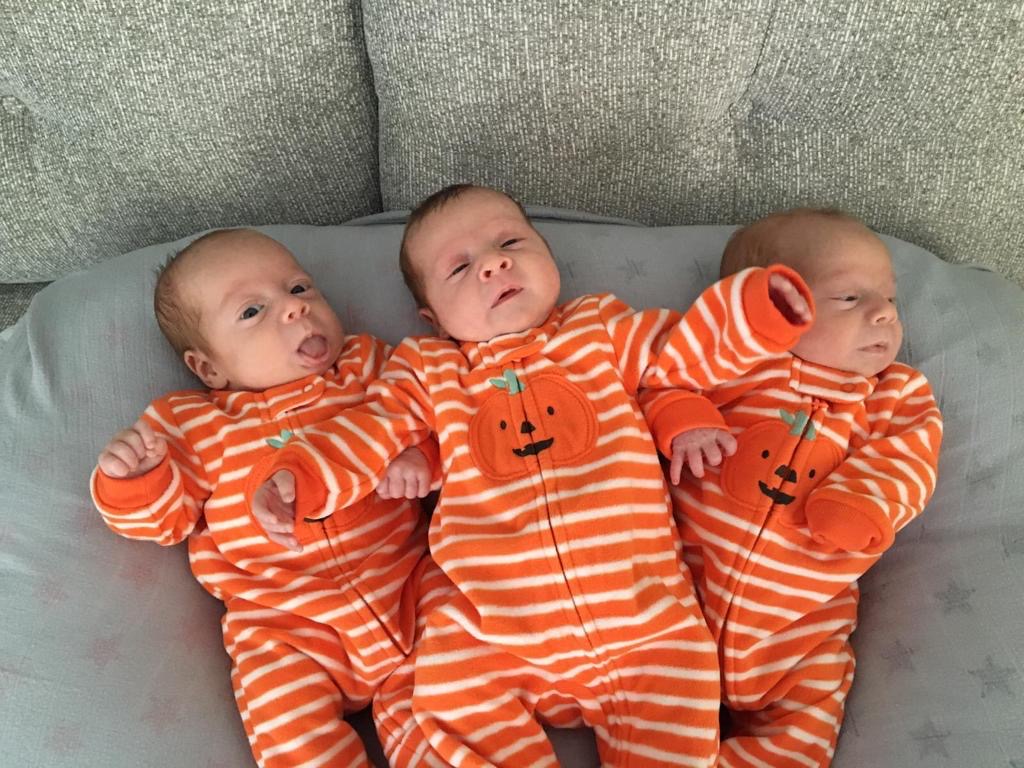Triplet pregnancies
On this page:

Triplets can be non-identical, identical, or mixed chorionicity (e.g. 2 identical and 1 non-identical). They carry higher risks of miscarriage and very early labour than twins, are often smaller than twins, and can also predispose the mother to more risks (pre-eclampsia, bleeding after birth). Identical triplets also carry the risk of TTTS and TAPS. It is now recommended that women pregnant with triplets should be given the option of reducing the pregnancy to twins or a singleton to reduce these risks. Several studies have looked into the outcomes and management of non-identical triplets, but mixed chorionicity and identical triplets are less common.
At St George’s, we have carried out a collaborative study to analyse the outcomes of growth restricted triplets, according to chorionicity (whether or not they are identical). We have also performed several systematic reviews to collate the outcomes of numerous studies looking into perinatal outcomes according to chorionicity, outcomes following laser treatment for TTTS, and miscarriage and preterm birth rates after selective reduction versus no intervention.

